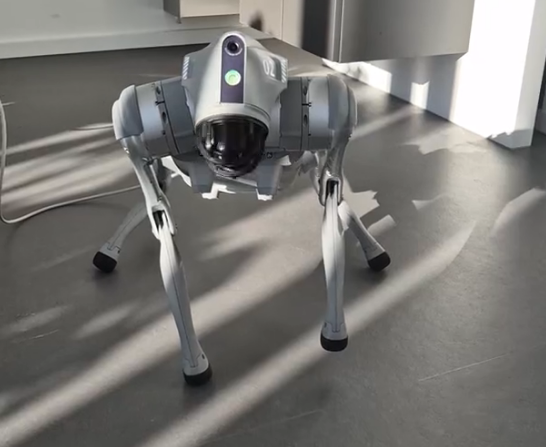Welcome to SARAI
The research group "Socially Assistive Robotics with Artificial Intelligence" (SARAI, led by Prof. Barbara Bruno) at the Institute for Anthropomatics und Robotics (IAR) aims to design, develop and evaluate robots that provide assistance to humans by interacting with them via social means such as language, gestures, facial expressions and actions. Examples of Socially Assistive Robots include animal-like robots encouraging older adults to train their physical or cognitive abilities, humanoid and toy-shaped robots supporting children in reading, writing and emotional awareness, and even robots that by their design as trash bins aim to promote correct waste disposal behaviour among passersby.
Socially Assistive Robots must be close enough to humans to be able to understand us, interact with us and our environment... yet they are not humans, and sometimes it is exactly this difference that makes them successful in their task: The modulation of social expressivity performed by Socially Assistive Robots for autism therapy, e.g. by concurrently reducing the range of emotions displayed by the robot and exaggerating their amplitude, seems in fact to yield positive results in training the children’s emotional awareness.
The goal of SARAI is to explore the potential of such "not-so humanoid" Socially Assistive Robots and equip them with a key ability for their widespread use in society: the ability of autonomously sustaining long-term interactions with their users in natural human environments. Pursuing this goal requires, from a technical perspective, to leverage state-of-the-art solutions in AI and ML for perception, user modelling and planning and, from a user perspective, to identify and model the factors that affect a person's perception of, and interaction with, a robot, in the short and long-term.
Past Studies
If you’re interested in joining one of our studies, keep an eye on this page for future opportunities.
 |
Non-Verbal Communication of Quadruped Robots We invite you to take part in an exciting research study exploring the intersection of quadruped robot and human interaction.
|
